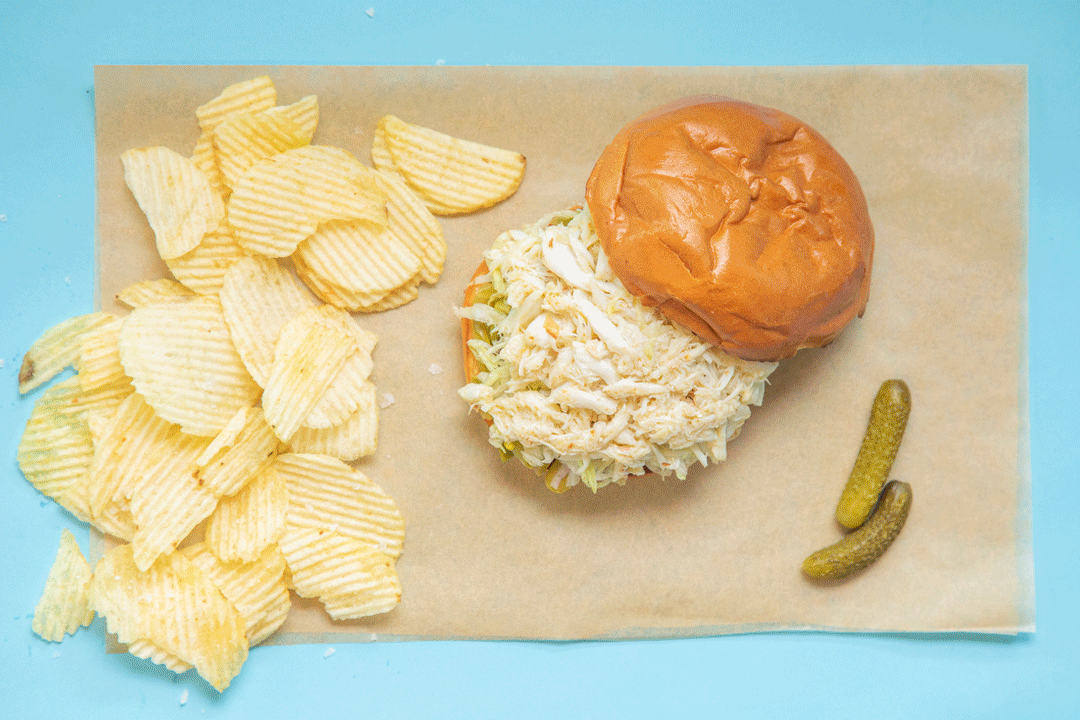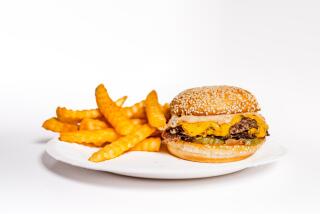Crab: From Cracking to Cooking
Although the California season for Dungeness crabs began in early December and lasts through August, most of the catch is landed during the first couple of months. During this period the crab is sold fresh--live or cooked; at other times of the year it’s available frozen--in the shell or as cleaned meat.
By law, only male crabs may be harvested, and only if they are 5 3/4 inches across the back or larger. They’re caught in round, cage-like traps baited with squid or fish. Openings allow the smaller female crabs and undersized males to escape.
Dungeness have a higher proportion of meat to body weight than most other crabs, and the flesh is relatively easy to remove. They may be cleaned before or after cooking. Wear rubber gloves to protect your hands from jagged pieces of shell.
If the crab is alive, turn it on its back, place a heavy chef’s knife or cleaver down the midpoint of the body and rap it sharply with a mallet or hammer. This quick, hard blow kills the crab instantly.
Break off the triangular belly flap on the underside of the crab (Step 1) and discard. Turn the crab over and, beginning at the rear, lift off the back shell with a firm pull (Step 2).
Use a spoon to remove the creamy yellow “crab butter” (Step 3) and reserve for sauces, if desired. Scrape off and discard the gills and spongy parts under shell (Step 4).
Twist off the claws and legs where they join the body (Step 5), then cut the body into halves or quarters (Step 6). Rinse parts well.
To cook Dungeness crab, bring a large kettle of salted water to a boil. Drop in the crab and simmer 10 to 12 minutes for cracked crab, 15 to 20 minutes for whole crab weighing 1 1/2 to 2 pounds. Drain and serve hot with melted butter.
Use a nutcracker or mallet to crack claws, legs and body portions along the shell edges (Step 7). Remove the meat with a metal pick (Step 8) or tip of a claw.
Use a nutcracker or mallet to crack claws, legs and body portions along the shell edges (Step 7). Remove the meat with a metal pick (Step 8) or tip of a claw.
Suggestions for column topics may be sent to Back to Basics, Food Section, The Times, Times Mirror Square, Los Angeles 90053.
More to Read
Sign up for The Wild
We’ll help you find the best places to hike, bike and run, as well as the perfect silent spots for meditation and yoga.
You may occasionally receive promotional content from the Los Angeles Times.






